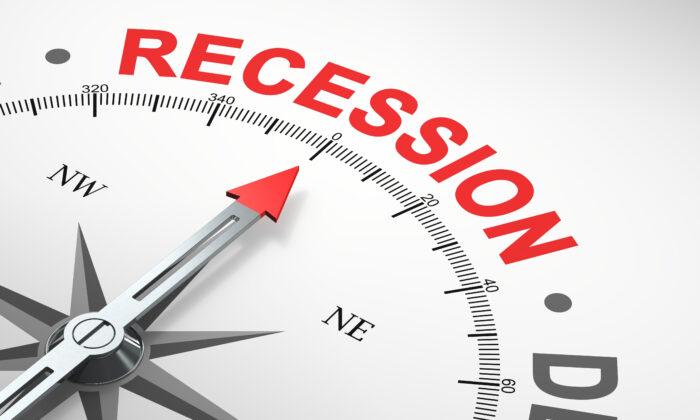As we predicted, the current positive report is largely attributable to a reversal of an anomaly with imports clearing the ports that we saw in 2022Q1 and Q2. That anomaly cleared in 2022Q3, so that net exports (NEX), which are a deduction from GDP became an addition to GDP because a reduction in imports caused the figure to go positive (subtracting a negative yields a positive.)
The Data Charts

We see that the overwhelming portion of GDP growth was courtesy of the export anomaly we had identified back in our 2022Q1 GDP report as imports clearing the ports that had been backlogged. Our operating thesis was that inventories that had been back-ordered filled store shelves after clearing U.S. ports in 2022Q1. That timing difference has now largely normalized so that the change in imports became turned negative and thus a net addition to GDP (i.e., subtracting a negative becomes a positive.)

Federal Reserve Meeting
The Fed meets next week, but there is no expectation they will change off its path to boost interest rates by 75 basis points as they will not be producing the “dot plot” estimates of the economy that concerned us last month. We anticipate the 75 bps rate hike.The markets seem to be sensing that the Fed will pivot, first to lower increases 50 or 25 bps and then, eventually, lower rates again. Our view is such a sentiment is hope over experience. Barring political considerations (which can never be discounted in the purportedly “independent” Fed) we believe the central bank will continue hikes until we return to a normalizing economy and a return to r* (r-star), the natural rate of interest, plus at least 100 basis points. We believe the “burn-off” of the Fed balance sheet that commenced in June and that will accelerate to $95 billion in September, barring unforeseen circumstances, will tighten markets and put the financial markets and the economy into further decline. Especially hard hit will be multinational companies with extensive foreign markets and translation risks. (We saw that already with some of the reporting earlier this month.)While the export anomaly avoided the continuation of the technical recession, we believe it to be merely a temporary reprieve. We think 2023Q3 will be revised downward in the second and third prints, closer to our 2 percent baseline we predicted in September.
We think the chance of recession in Q4 is now 4 in 10. But 2023 is more negative, with a negative GDP print by the end of that calendar year. That view was reinforced Thursday morning when the 3-month “short money” and the 10-year “long money” yield curve inverted, so that the former paid a higher rate of interest than the latter.
Such an inversion tends to signal that investors are uncertain and have diminished faith in the economy. So, instead of investing in businesses, they invest in “sure thing” shorter-term Treasuries, pushing down rates and inverting the curve. (The 2 year/10 year Treasury has been inverted for some time.)
We continue to be troubled by the prospect of so-called “zombie” loans arising from the Fed’s low-interest rates since 2008. Most of those concerns are around commercial real estate construction and purchase loans. We project that office buildings in a newly evolved remote work economy will be difficult to fill and that many of the construction and purchase mortgages used to build or acquire such properties will default. That, in turn, will result in an additional and more severe slowdown, particularly in the regional banking sector.
Looking Forward
We think 2022Q4 GDP will print in the range of 1 percent. (We revise our forecast in our monthly jobs reports and, when necessary, our @stuysquare Twitter feed if and as exigent circumstances warrant.)There are numerous grey or black swans on the horizon that should concern investors. The most obvious is the Ukraine War spinning further out of control with ongoing threats of a dirty bomb or a tactical nuclear bomb being deployed. Investors should monitor that situation closely as markets can turn on a dime if the war escalates. China’s belligerence is ongoing and enhanced by the 20th Party Congress extending Xi Jinping another 5-year term.
Food inflation will continue, although gas and fuel prices will come down after the winter surge as the economy will likely be in a fairly severe recession. Housing will continue to slow down as will the banking sectors that finance the industry





